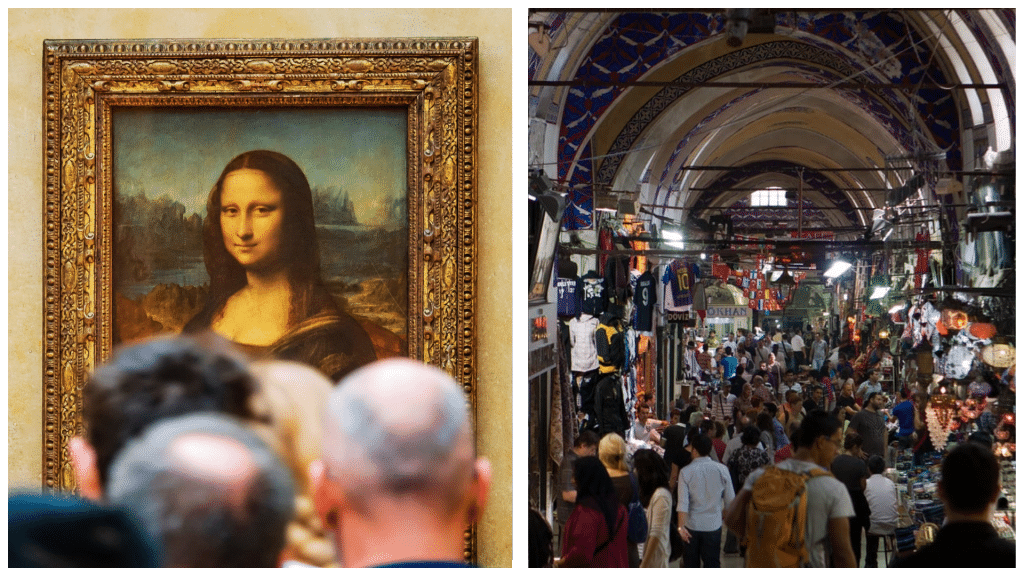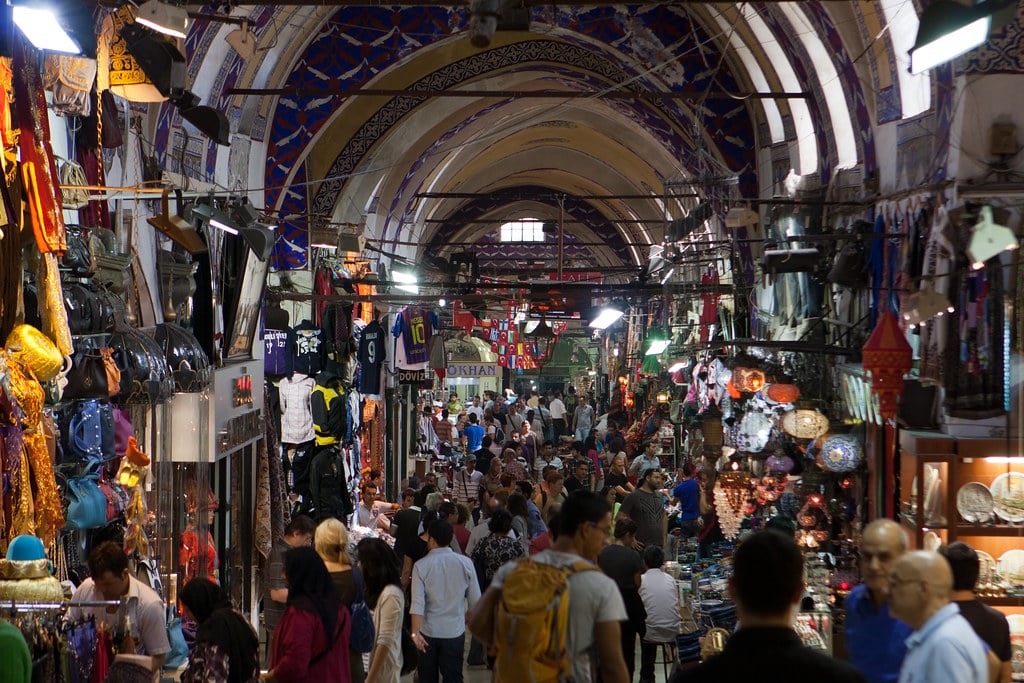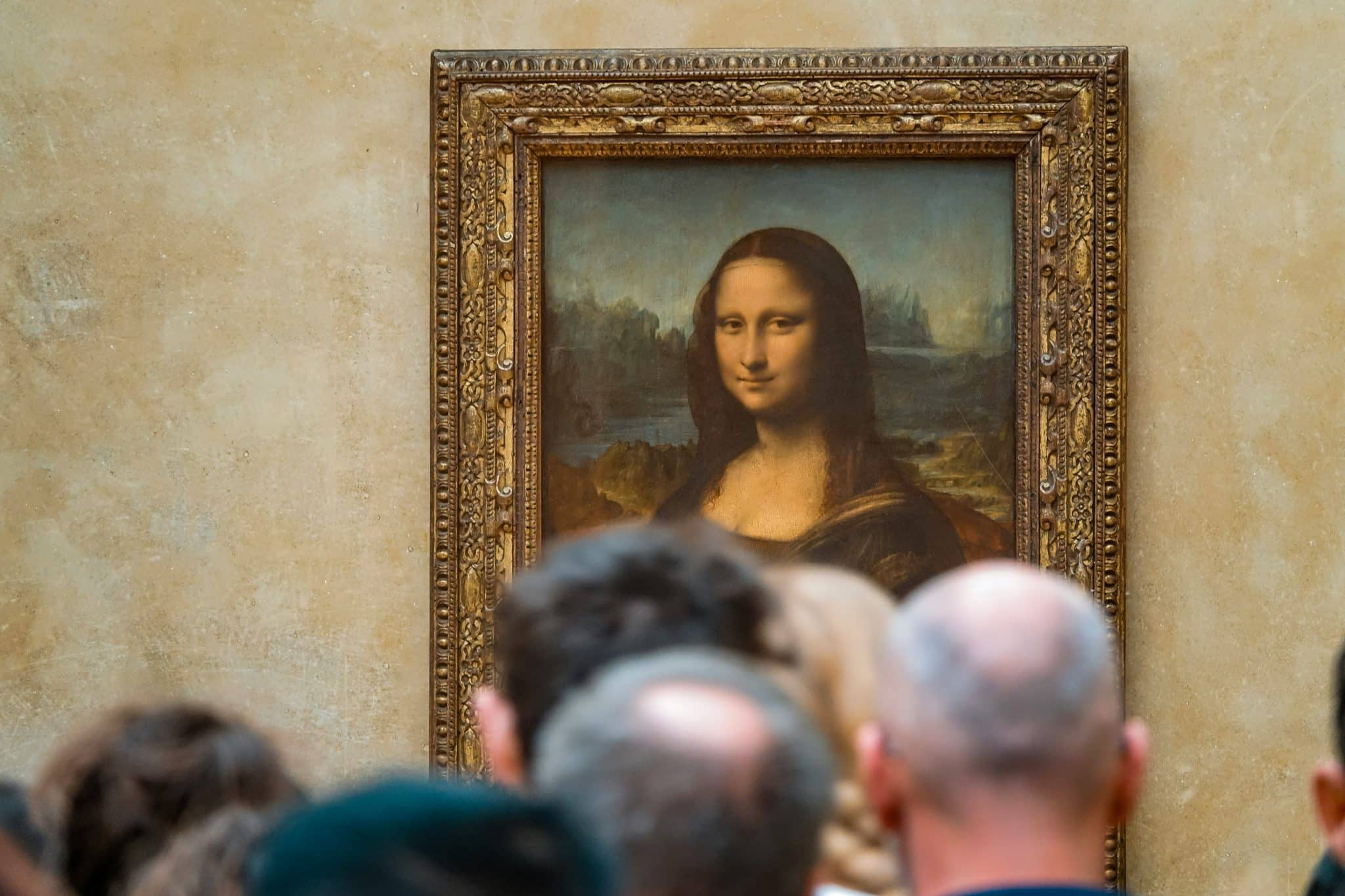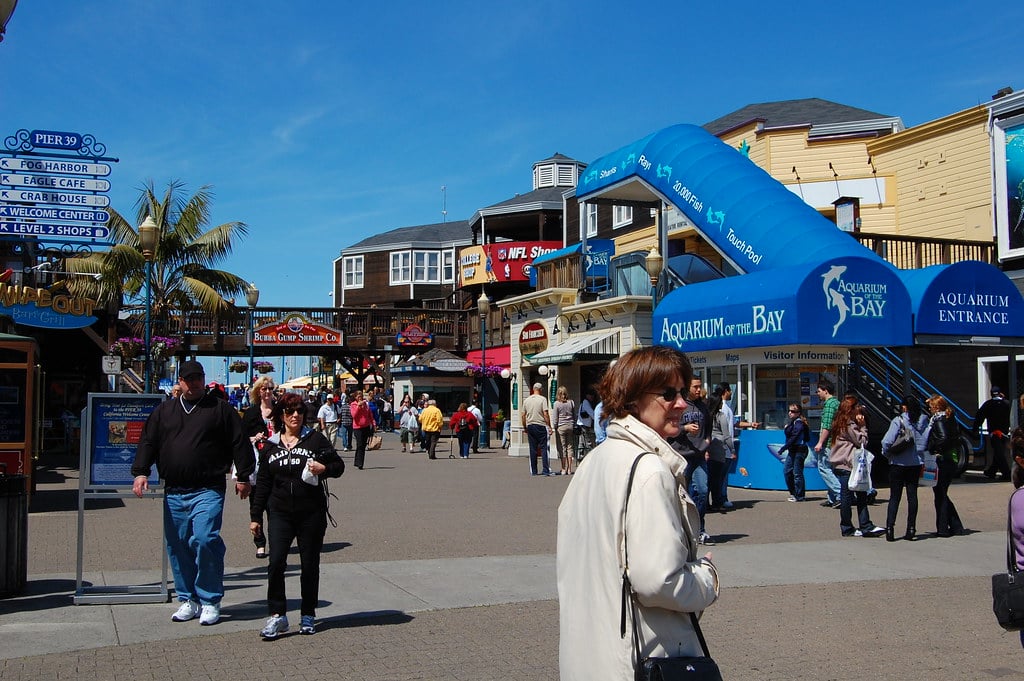From Instagram-famous locations to bucket-list sights and attractions, this article will look at why overrated tourist traps kill authentic travel.

The way we travel is changing. Travellers are no longer content with ticking off famous bucket list destinations and are instead keen to embrace a more authentic style of travel that involves immersing yourself fully in local cultures and ways of living.
Back in the days before widespread commercial travel, travellers could enjoy a more authentic style of travel, visiting and discovering cultural and historical sights that weren’t just dressed up to offer an (often overpriced and sanitised) tourist experience.
So, if you want to experience the reality of the places you visit, avoiding overhyped attractions and inauthentic tourist traps, read on. Forget the Louvre; this is why overrated tourist traps kill authentic travel.
Commercialisation – catering to tourists

One of the main reasons why overrated tourist traps kill authentic travel is the influx of commercialisation this brings. When large crowds start to visit areas and attractions, large businesses and corporations often see this as an opportunity to make money.
However, this detracts from the authenticity of these places, detracting from their culture and historical way of existence. We’ve all been there: visiting a beautiful site, soaking up the history and culture that abounds, then turning to see a huge Starbucks or McDonalds sign.
These businesses often cater primarily to tourists rather than preserving authentic ways of life and cultural traditions. This can, in turn, create a more sanitised and palatable impression of the area that is far removed from the genuine charm and character it once possessed.
Crowds – ruining an authentic travel experience

You might imagine strolling through the Louvre, taking your time to gaze at the artwork on the walls, fully soaking up the atmosphere and feeling of the paintings, placing them within their time and context, and taking time to contemplate their meaning.
Unfortunately, this is often not the case. Whether you’ve visited or not, we’re sure you’ll have seen the ‘Instagram vs. Reality’ images that show huge crowds stretching rows back as tourists try to catch a glimpse of the iconic Mona Lisa.
Sadly, this overcrowding is the case at many iconic tourist attractions around the world. Popular tourist traps draw large crowds of people who all think they’re going to enjoy an authentic cultural experience.
However, being surrounded by large throngs of tourists makes it difficult to fully connect with the authentic culture and feel of a place, as it just feels like a globalised tourist trap.
The impact of large crowds also contributes to increased commercialisation, which, as we stated above, detracts from the authentic local culture.
Impact on local communities – rising prices and pressure on infrastructure and environment

One of the most depressing downsides of overtourism is the devastating impact it has on the environment and local communities.
With the increased commercialisation and influx of tourism comes the cutting down of trees and removal of nature in order to build hotels, restaurants, and hospitality businesses.
As well as this, when large businesses begin competing with locals for land and property ownership, this can have a devastating impact on local communities by pushing up prices to unaffordable levels.
This impact not only drives up prices but also can displace residents who have lived in areas for generations and put excessive pressure on local infrastructure and natural resources. Thus, taking away from the authentic feel of an area in favour of catering to tourists.
Homogenisation – everywhere becomes the same

One of the main reasons for travelling is to learn about different cultures and countries and experience new things and ways of living. However, one of the reasons why overrated tourist traps kill authentic travel is due to the increase in homogenisation.
As these tourist spots increase in popularity, more and more global chains begin to pay attention, seeing them as a ripe opportunity to increase business. The downside of this is that it makes everywhere feel the same, taking away from the individual, authentic culture of a place.
This influx of tourism and increased commercialisation sanitises areas to make them more comfortable and palatable for (most of the time) Western tourists. Thus, everywhere looks and feels the same, so we miss out on the authentic experience of travelling somewhere new.
Sadly, this leads to the loss of unique cultures and traditions as businesses focus on catering to the tastes and preferences of a global tourist market.
Travelling isn’t meant to be easy. It should present us with an opportunity to step outside our comfort zone, experience and try new things, and learn about different ways of life.
However, when overrated tourist traps make everywhere feel like home, we miss out on this valuable and authentic experience of travelling, which pushes us to be stronger, more open-minded, and more culturally aware.

